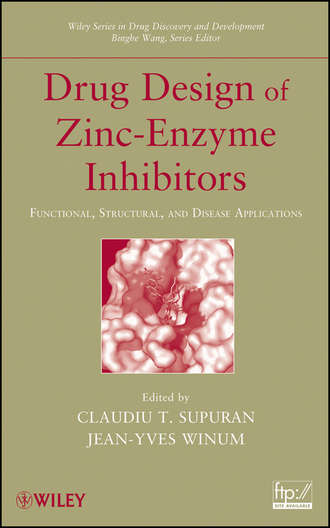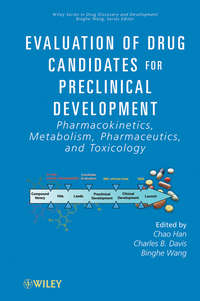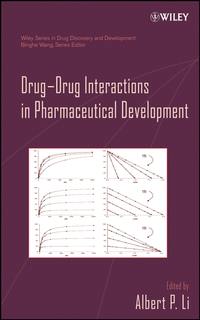
Полная версия
Drug Design of Zinc-Enzyme Inhibitors. Functional, Structural, and Disease Applications
Brings together functional and structural informationrelevant to the design of drugs targeting zinc enzymes The second most abundant transition element in living organisms, zinc spans all areas of metabolism, with zinc-containing proteins offering both established and potential drug targets. Drug Design of Zinc-Enzyme Inhibitors brings together functional and structural information relevant to these zinc-containing targets. With up-to-date overviews of the latest developments field, this unique and comprehensive text enables readers to understand zinc enzymes and evaluate them in a drug design context. With contributions from the leaders of today's research, Drug Design of Zinc-Enzyme Inhibitors covers such key topics as: Major drug targets like carbonic anhydrases, matrix metalloproteinases, bacterial proteases, angiotensin-converting enzyme, histone deacetylase, and APOBEC3G Roles of recently discovered zinc-containing isozymes in cancer, obesity, epilepsy, pain management, malaria, and other conditions Cross reactivity of zinc-enzyme inhibitors and activators The extensive use of X-ray crystallography and QSAR studies for understanding zinc-containing proteins Clinical applications An essential resource for the discovery and development of new drug molecules, Drug Design of Zinc-Enzyme Inhibitors gives researchers, professionals, students, and academics the foundation to understand and work with zinc enzyme inhibitors and activators.





